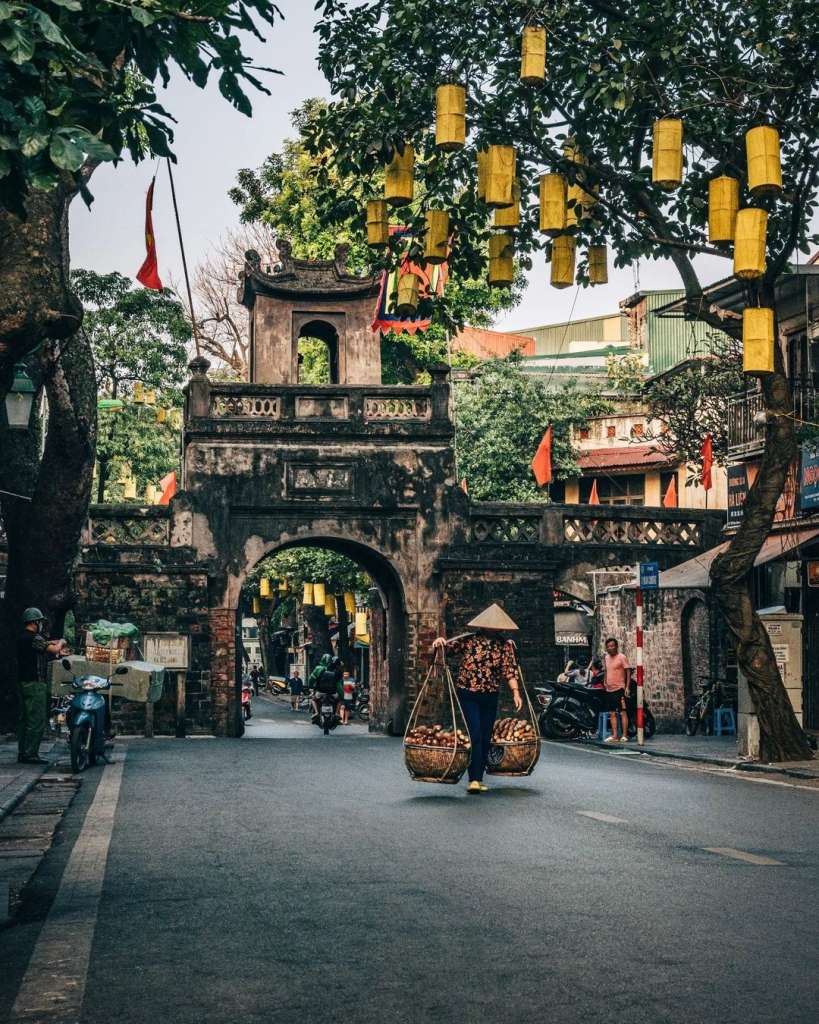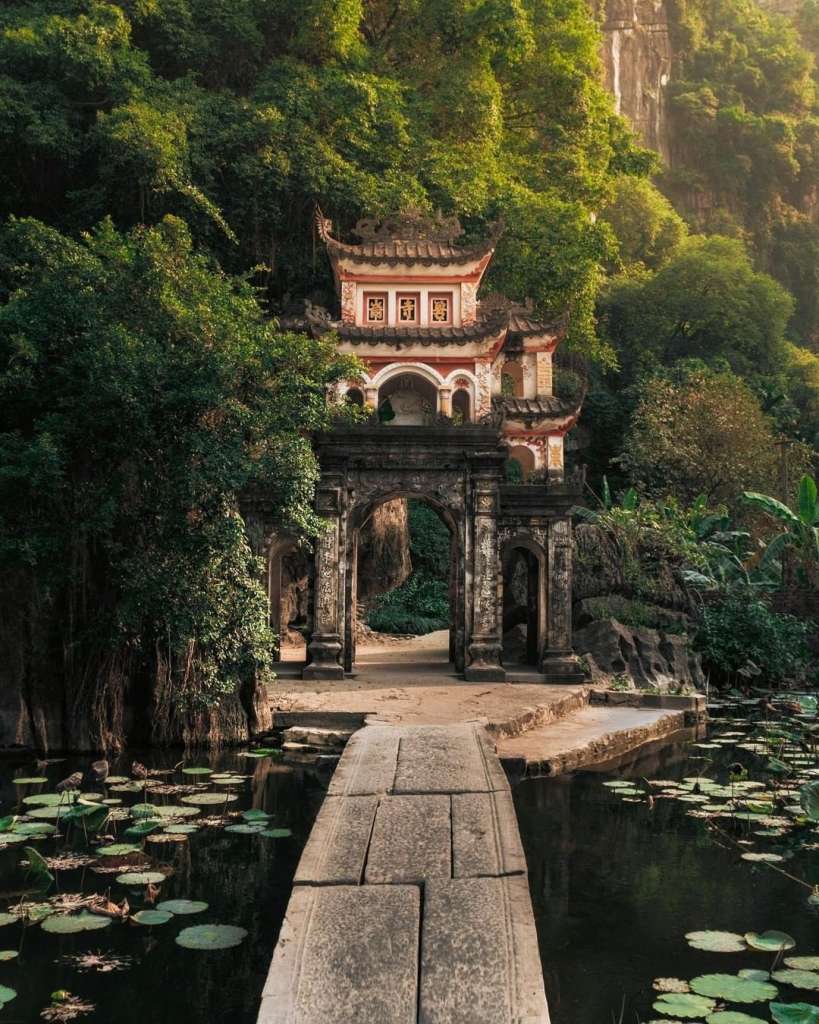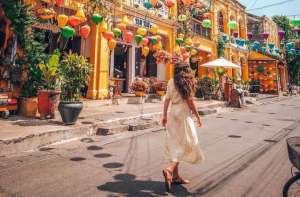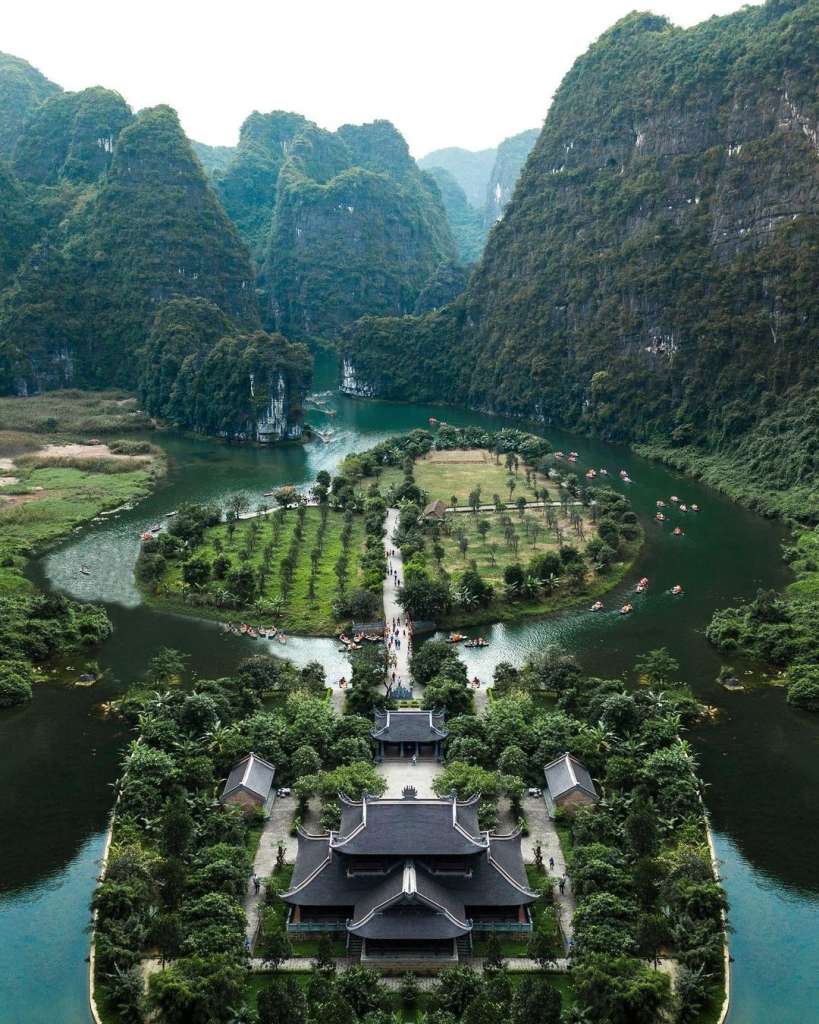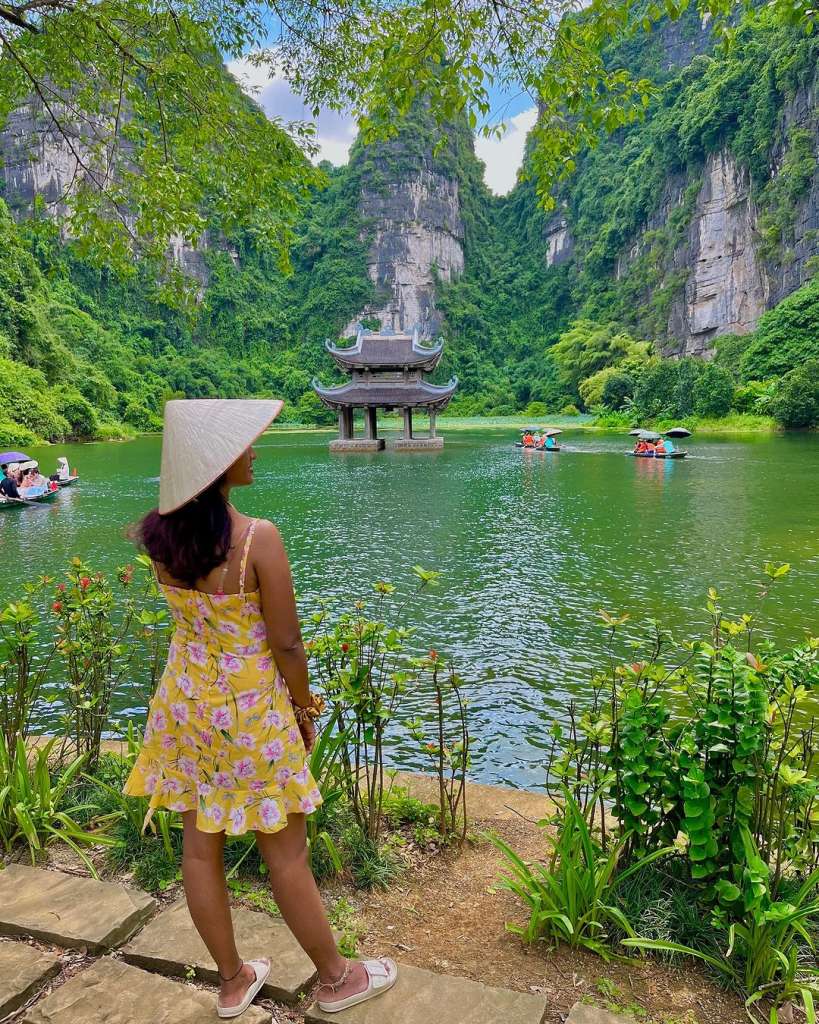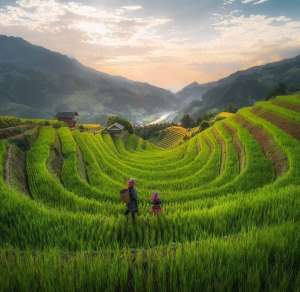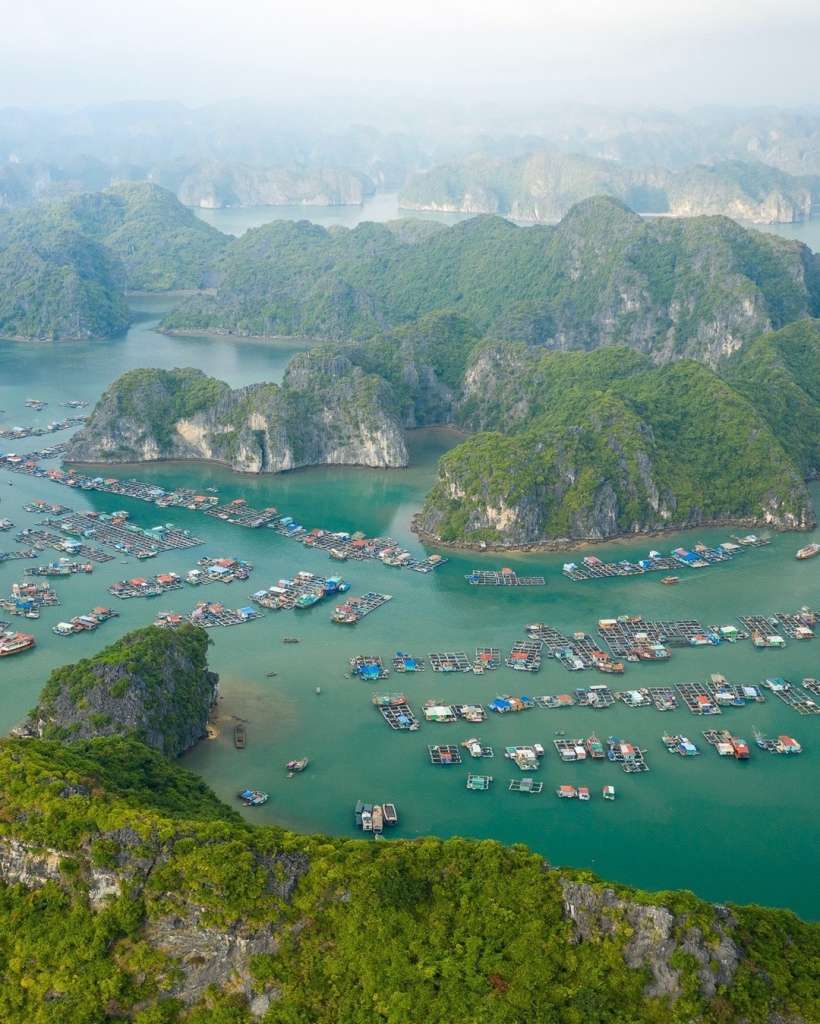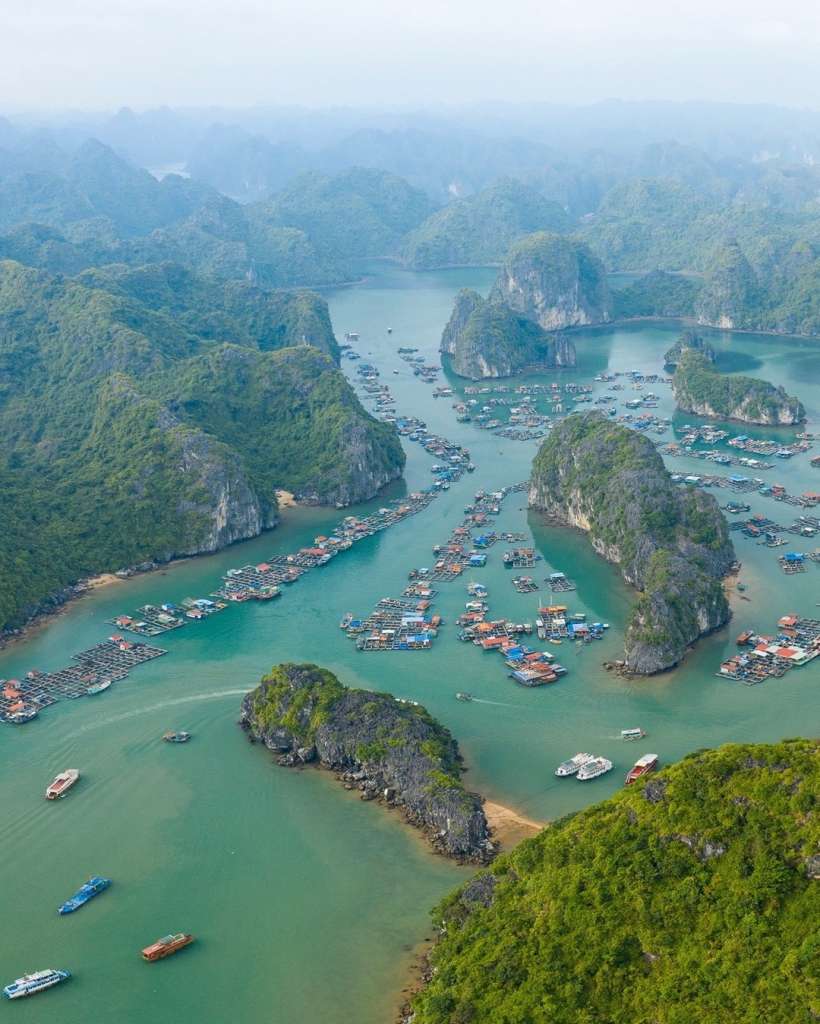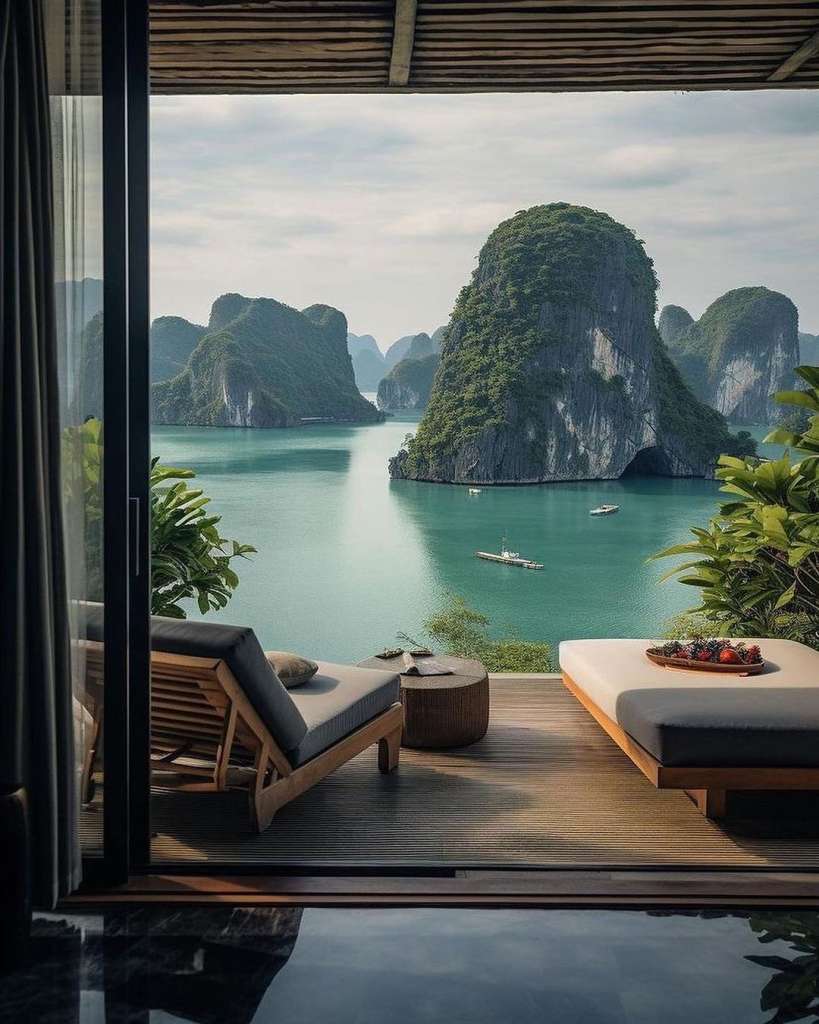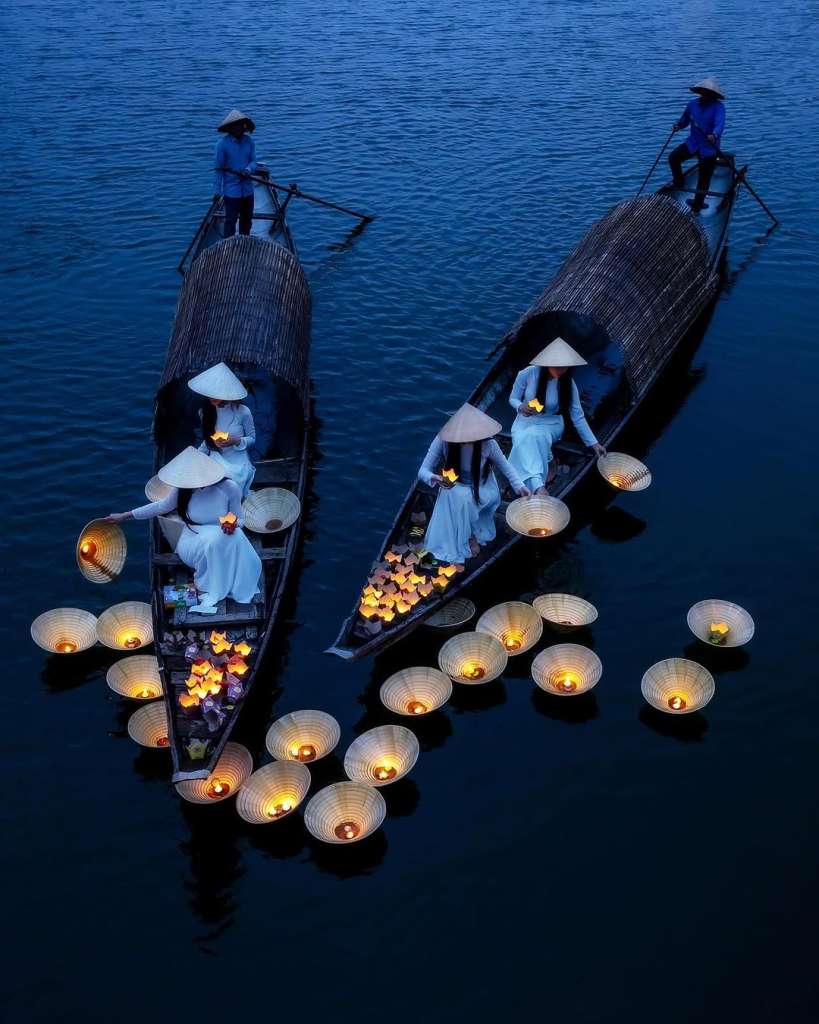No Southeast Asia tour is complete without a trip to Vietnam, a beautiful country with a very rich culture. The buzzing capital Hôi An, and one of the region’s coolest cities. A delicious mix of East and West, where Sino-Vietnamese tradition converges with a powerful French influence to produce a unique Hanoi carries an atmosphere all its own.
Vietnam is teeming with yet untrammeled sites, tourist-free beaches, and hyper-local foods. Just outside of Hanoi, Ninh Binh beckons with its historic pagodas and limestone outcrops amid serene rice paddies.
Discovering the charming streets of Hoi An at first light, when the old town comes to life and the lights flicker.
The dry season (usually February to August) is the ideal time of year to visit Hoi An. You can take full use of the city’s charms, including its quaint streets and the neighboring beaches, because the weather is good. But bear in mind that there can be a lot of tourists during certain times. Visit during the shoulder seasons of August to October and February to April for a more sedate experience.
When visiting Ninh Binh, it is impossible to overlook taking in the picturesque scenery, caverns, and limestone formations while relaxing on a boat.
Tam Coc and Trang An are your options. Trang An is our choice and among the greatest.
Rice fields in Vietnam during the harvest season.
This historic fishing community in Vietnam’s Lan Ha Bay floats on emerald waters surrounded by verdant limestone karst formations. The villagers rely on the sea to survive, and fishing is their main source of income. tourism as well as aquaculture. Though their way of life appears idyllic, it is endangered by plastic and wastewater pollution, unsustainable tourism practices, and climate change.
This is undoubtedly an unbelievable hotel, but it serves as evidence that Vietnamese landscapes can compete with any in the world provided proper environmental and natural resource management is implemented. Everyone will undoubtedly concur and return to this location on numerous occasions.
Witnessing floating lanterns in Vietnam’s Nhu Y river is an amazing spectacle. This is a centuries-old custom that plays a big role in Vietnamese culture. The lanterns produce an enthralling display of colors and shapes as they drift down the river. As they let go of the lanterns, they offer prayers and wishes in the hope that the light will lead them to a better future.
There is more meaning behind the custom of lighting lanterns on the Nhu Y river. Water is seen as a symbol of life and rebirth in Vietnamese culture, and tossing lanterns into a river signifies a hope for luck and wealth in the upcoming year. The Nhu Y river’s floating lanterns have grown in popularity as a tourist destination in recent years, drawing people from all over the world.
Speak to one of our specialists https://wa.me/2348038691654 to plan your trip.


